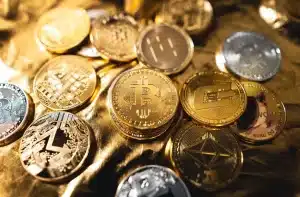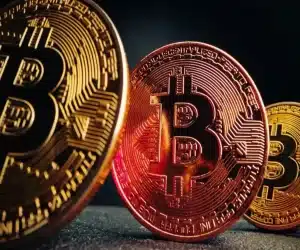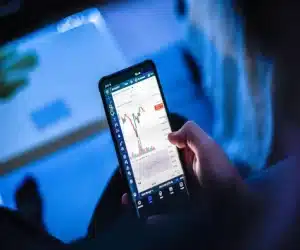Solana is a cryptocurrency created by software developer Anatoly Yakovenko in 2017, it aims to improve upon Ethereum. It launched in March 2020, quickly becoming popular and ranking among the top 10 cryptocurrencies by market cap. Solana’s design aims to solve the blockchain trilemma, but it still suffers from some drawbacks, including vulnerability to centralization, the Solana ecosystem experienced a hack on August 2, where hackers were able to steal Solana tokens (SOL) from Slope, Phantom, and TrustWallet by compromising private keys. Users reported that their funds were drained from these internet-connected wallets.
INTRODUCTION TO SOLANA
Solana is a blockchain network that aims to provide a fast, scalable, and advanced marketplace and platform for decentralized applications (dApps). It is often referred to as the “Ethereum killer” due to its similar aims. The SOL token, which can be purchased on most major exchanges, is used to conduct transactions on the Solana network. The network offers unique advantages. The Swiss Solana Foundation, a non-profit organization, developed the blockchain network with the goal of making it the most censorship-resistant network in the world.
Its third-generation architecture is built to support a wide range of decentralized finance platforms and non-fungible token marketplaces. The project was first proposed in 2017 during the initial coin offering boom and underwent a series of testnet phases before officially launching its main network in 2020.
SOLANA: A FAST, EFFICIENT BLOCKCHAIN NETWORK
Solana is a blockchain network that offers a faster and more efficient way of conducting transactions by using a combination of proof of history and delegated proof of stake. This allows Solana to process transactions at a faster rate than its competitors, such as Ethereum and Cardano, while also being cost-effective.
Proof of history is a mechanism that uses timestamps to define blocks in the Solana chain. Unlike the traditional proof of work method where miners determine the next block or proof of stake where the stake tokens determine the next block, in proof of history the validators on the blockchain vote on the timestamps of different blocks. This method provides a decentralized network and faster, more secure computations.
TRADING SOLANA ON EXCHANGES
Solana, like many other major cryptocurrencies, can be traded on a variety of platforms, including centralized exchanges such as Binance.US, Coinbase, and Kraken. Additionally, SOL tokens can be found in crypto and NFT ATMs in certain cities around the world. After purchasing SOL tokens, investors have the option to store them in a crypto wallet for safekeeping. These wallets can either be stored online or offline, with offline storage being the safest option.
SOL tokens have a variety of use cases, including peer-to-peer payments, trading, and as an incentive for validators to secure the Solana network.
CONCLUSION
Solana is a blockchain network that aims to provide a fast, scalable, and advanced marketplace for decentralized applications. Its unique combination of proof of history and delegated proof of stake allows for faster transaction speeds and more efficient processing compared to its competitors.
The SOL token, which can be purchased on most major exchanges, has a variety of use cases and can be stored in a crypto wallet for safekeeping. However, as with all investments, it is important to consult a financial advisor and be prepared for potential loss before investing in Solana. Despite its potential, the network still suffers from some drawbacks, including a vulnerability to centralization and a hack in August 2022 where funds were stolen from certain wallets.





